12 cool things we learned about humans in 2021
Spoiler: your pupils can count.
- Your pupils can count.
- They can also change size on command.
- Thousands of mysterious viruses lurk in the gut.
- Our genome is not "uniquely human."
- Some human sounds are universal.
- Muscles have a cool way of repairing themselves.
- The vacuum of space would not be kind to the human body.
- The brain has a weird memory trick.
- This sleep stage inspires creativity.
- "Creativity genes" helped modern humans dominate.
- The finger snap is the fastest acceleration in the human body.
- Coronaviruses shaped human evolution.
- Sherlock Holmes' memory trick works!
From the tiny microbes we carry in our guts to the electric pathways that ferry information through our brains, the human body is still a mystery to scientists. But every year, scientists find out a little bit more about what makes us tick. From discovering the fastest acceleration in the human body to finding out that there are universal sounds that all humans, regardless of language, understand, here are the coolest things we learned about humans in 2021.
Your pupils can count.

Pupils have many abilities, which now include counting. People's pupil sizes change depending on the number of objects they see around them, according to a study published Oct. 12 in the journal Nature Communications. To figure this out, the team measured people's pupil sizes as they looked at images of dots on a monitor in a quiet, dark room. The images contained either 18 or 24 dots, and each dot was either on its own or grouped with a small line. The participants' pupil sizes changed depending on how many dots they perceived; when the participants perceived a greater number of dots, their pupils expanded, and when the participants perceived a smaller number of dots, their pupils constricted.
Read more: Your pupils can count … sort of
They can also change size on command.
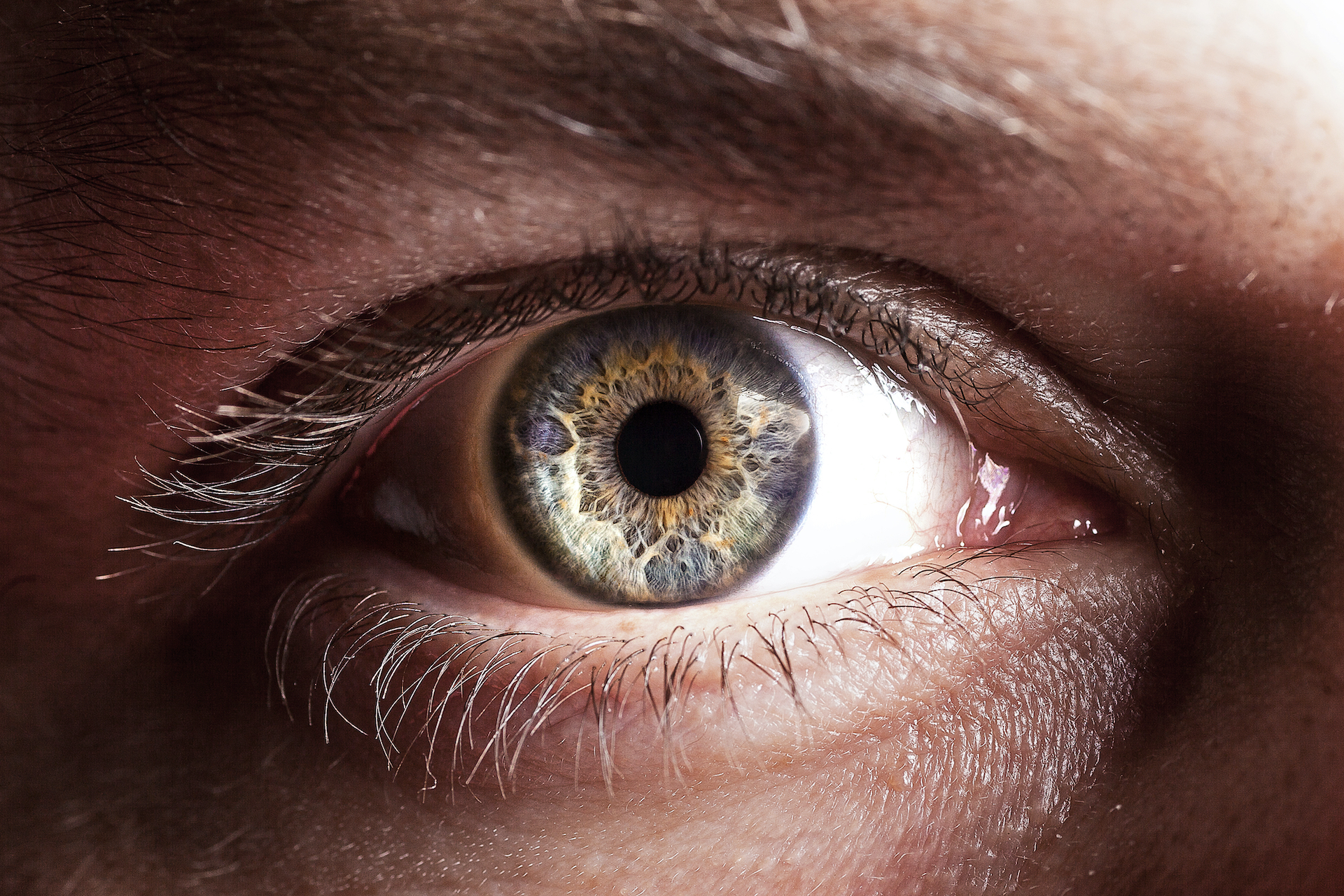
Another cool finding this year was the case of a man who could change his pupil size on command — once thought an impossible feat. "Constricting the pupil feels like gripping, tensing something; making it larger feels like fully releasing, relaxing the eye," the man who was identified by his initials D.W. in the study, told the researchers. To change his pupil size, all he has to do is concentrate on his eyes. Previously it was only thought that people could control their pupil size indirectly, such as by imagining the bright sun or trying to mentally calculate something. After Live Science published this article, we received many emails from readers saying they could also do this!
Read more: Man can change his pupil size on command, once thought an impossible feat
Thousands of mysterious viruses lurk in the gut.
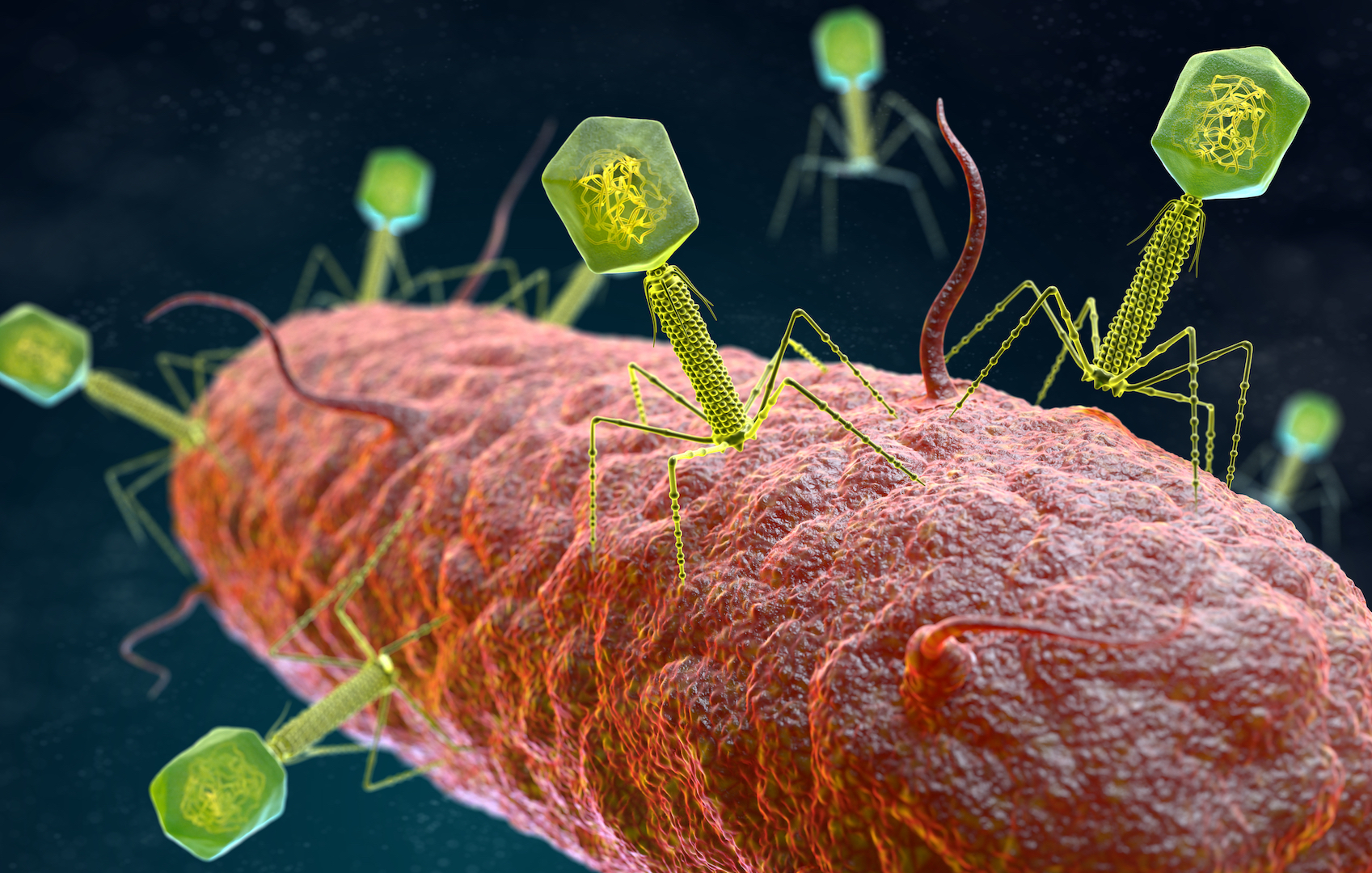
Scientists identified more than 70,000 previously unknown viruses that lurk in the human gut, infecting the bacteria that live there, according to a study published Feb. 18 in the journal Cell. The researchers found those viruses after analyzing more than 28,000 samples of gut microbiomes — the communities of microbes that live in people's digestive systems — taken from 28 countries. It's not clear what these so-called bacteriophages, or viruses that infect bacteria, actually do, but they likely don't harm us.
Read more: 70,000 never-before-seen viruses found in the human gut
Sign up for the Live Science daily newsletter now
Get the world’s most fascinating discoveries delivered straight to your inbox.
Our genome is not "uniquely human."
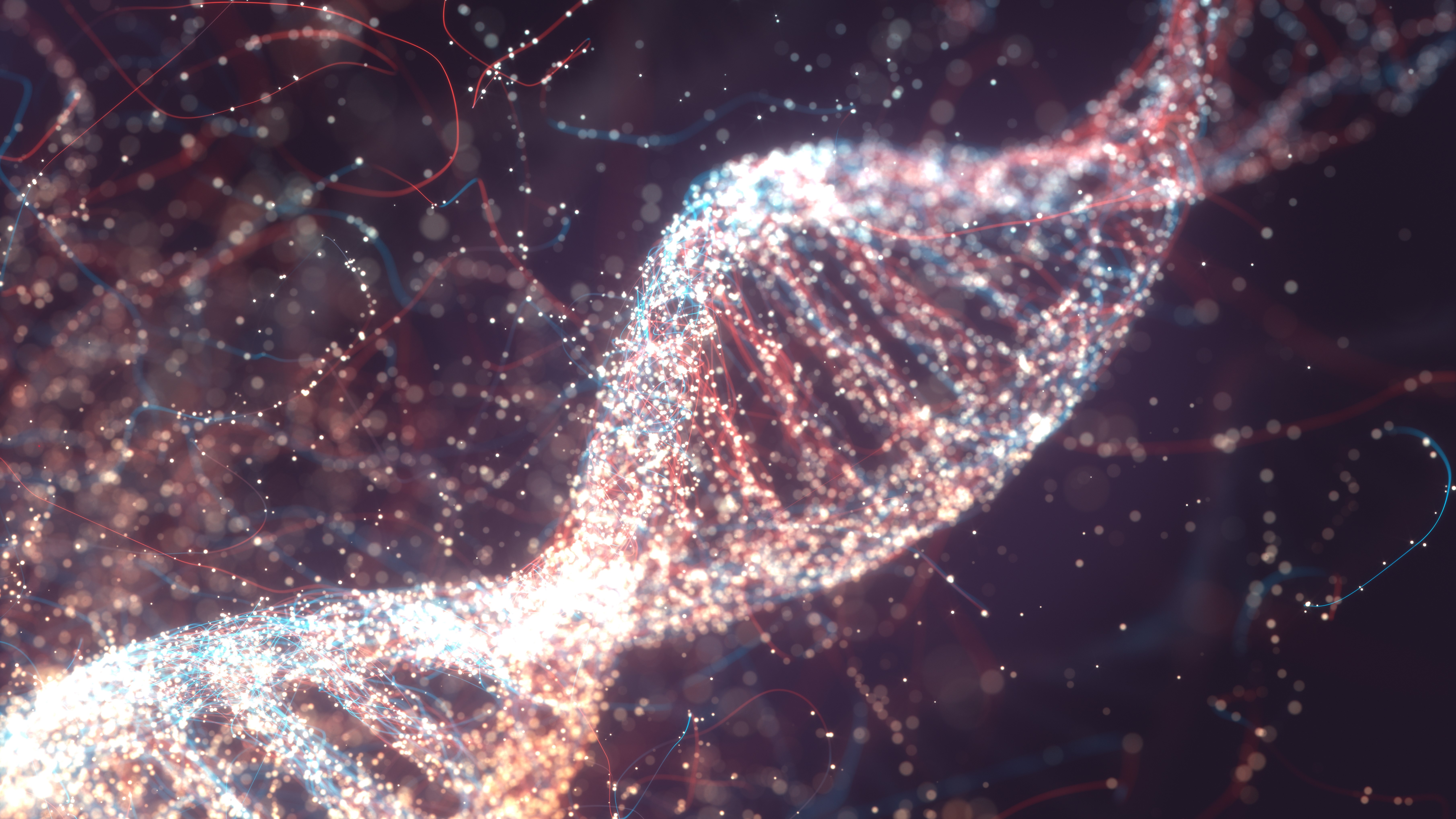
How much of our genome is unique to modern humans? It turns out, very little — less than 10%, according to a study published July 16 in the journal Science Advances; the rest is shared with extinct human relatives such as Neanderthals. To figure this out, the researchers developed a novel algorithm to analyze 279 modern human (Homo sapiens) genomes, two Neanderthal genomes and one Denisovan genome. (Denisovans are another extinct group of hominins.) They found that only about 1.5% to 7% of the human genome is unique to Homo sapiens, meaning it wasn't shared with other Homo species or show up in our DNA as a result of interbreeding.
Read more: As little as 1.5% of our genome is 'uniquely human'
Some human sounds are universal.

Certain basic sounds mean the same thing to humans regardless of the language they speak, according to a study published online May 12 in the journal Scientific Reports. The researchers said these sounds, called "iconic vocalizations," such as snoring or roaring, may have played a critical role in the development of the first human languages. The researchers recruited 843 participants, who spoke 25 different languages, for an online experiment in which they had to match different sounds to their intended meanings. People correctly mapped the sounds to the meanings about 64.6% of the time. The researchers found that the most recognizable sound was that for "sleep," which people around the world identified with 98.6% accuracy.
Read more: Scientists find 'missing link' behind first human languages
Muscles have a cool way of repairing themselves.
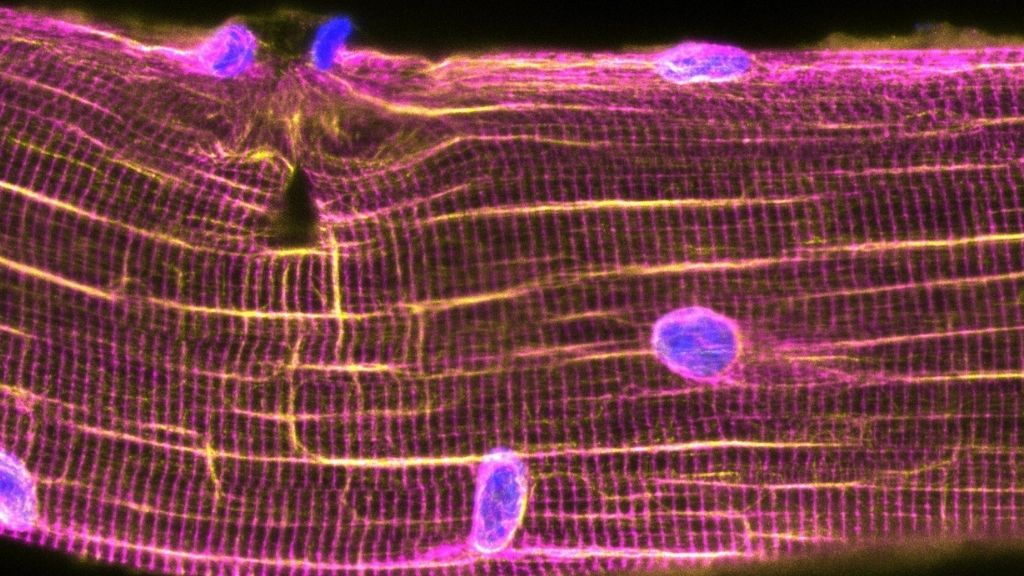
Scientists uncovered a previously unknown way that muscles repair themselves after exercise — and captured some mesmerizing images in the process. It turns out, after exercise, muscle cell nuclei move toward microscopic tears and issue commands to build proteins in order to repair the wounds, according to a study published Oct. 14 in the journal Science. This process occurs within 5 hours of "injury" post-exercise and is nearly complete within 24 hours.
Read more: Stunning images show how muscles heal themselves after a workout
The vacuum of space would not be kind to the human body.
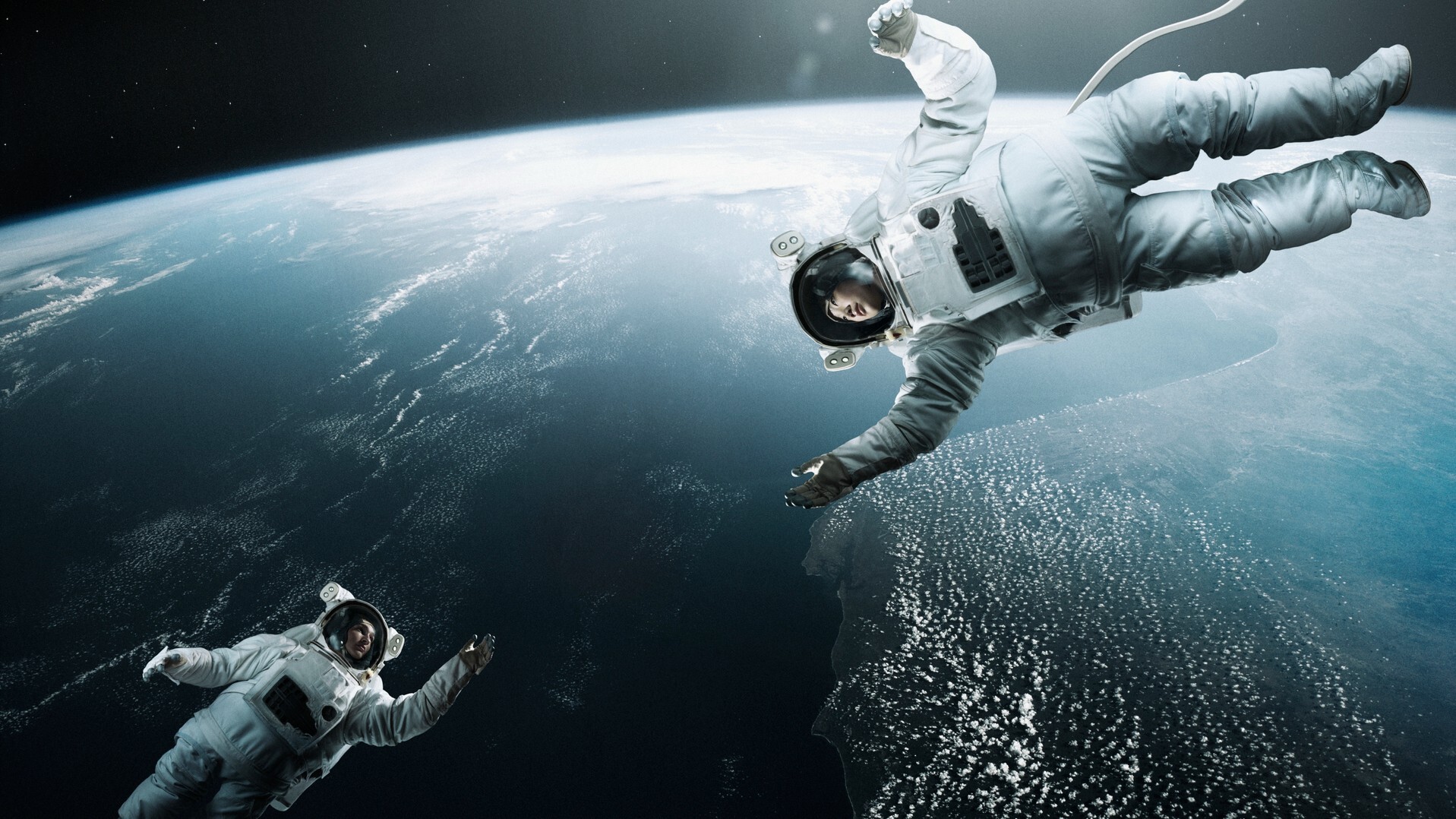
This year, Live Science asked, what would happen to a person in the vacuum of space if they weren't wearing a spacesuit? Experts told Live Science that the person wouldn't suddenly explode or freeze to death, but they'd do both of those things eventually. The person would likely die within minutes, not seconds; their bodily fluids would boil, and their nose and mouth would freeze. Space is a vacuum devoid of air, so there's no atmospheric pressure, which means the boiling points of liquids decrease significantly. "As you can imagine, given that 60% of the human body is made up of water, this is a serious problem," Dr. Kris Lehnhardt, an element scientist for the Human Research Program at NASA, told Live Science.
Read more: What would happen to the human body in the vacuum of space?
The brain has a weird memory trick.

The human brain exaggerates the differences between similar memories. But strangely, this actually helps us remember better, according to a study published in February in the Journal of Neuroscience. To figure this out, a group of researchers recruited 29 participants and showed them images of 24 different faces, each associated with a different object. Then, the researchers asked the participants to match the faces to the objects, which differed only slightly in color. They found that when people mentally exaggerated the color differences between the objects, they were better able to remember which face went with the object. This exaggeration occurs in the lateral parietal cortex, the brain region where memories are recalled.
Read more: Your brain warps your memories so you can remember them better
This sleep stage inspires creativity.

A little-understood sleep state, described by surrealist artist Salvador Dalí and famous inventor Thomas Edison, may actually work to spark creativity, according to a study published Dec. 8 in the journal Science Advances. These great minds would lie down for a nap with an object in their hands. Once they drifted off to sleep, the object would fall and wake them up. Then, they'd set to work creating their awe-inspiring inventions and paintings.
It turns out that this method, which sends a person into an early sleep stage known as N1 or hypnagogia, really does inspire out-of-the-box thinking. Indeed, in this new study, researchers tested this technique empirically in a group of everyday people. They discovered that people who spent at least 15 seconds in the N1 stage had an 83% chance of discovering a hidden rule in solving a math problem, compared with a 30% chance for those who remained awake. However, the method worked only if the participants woke up before drifting off to a deeper stage of sleep.
Read more: Sleep technique used by Salvador Dalí really works
"Creativity genes" helped modern humans dominate.
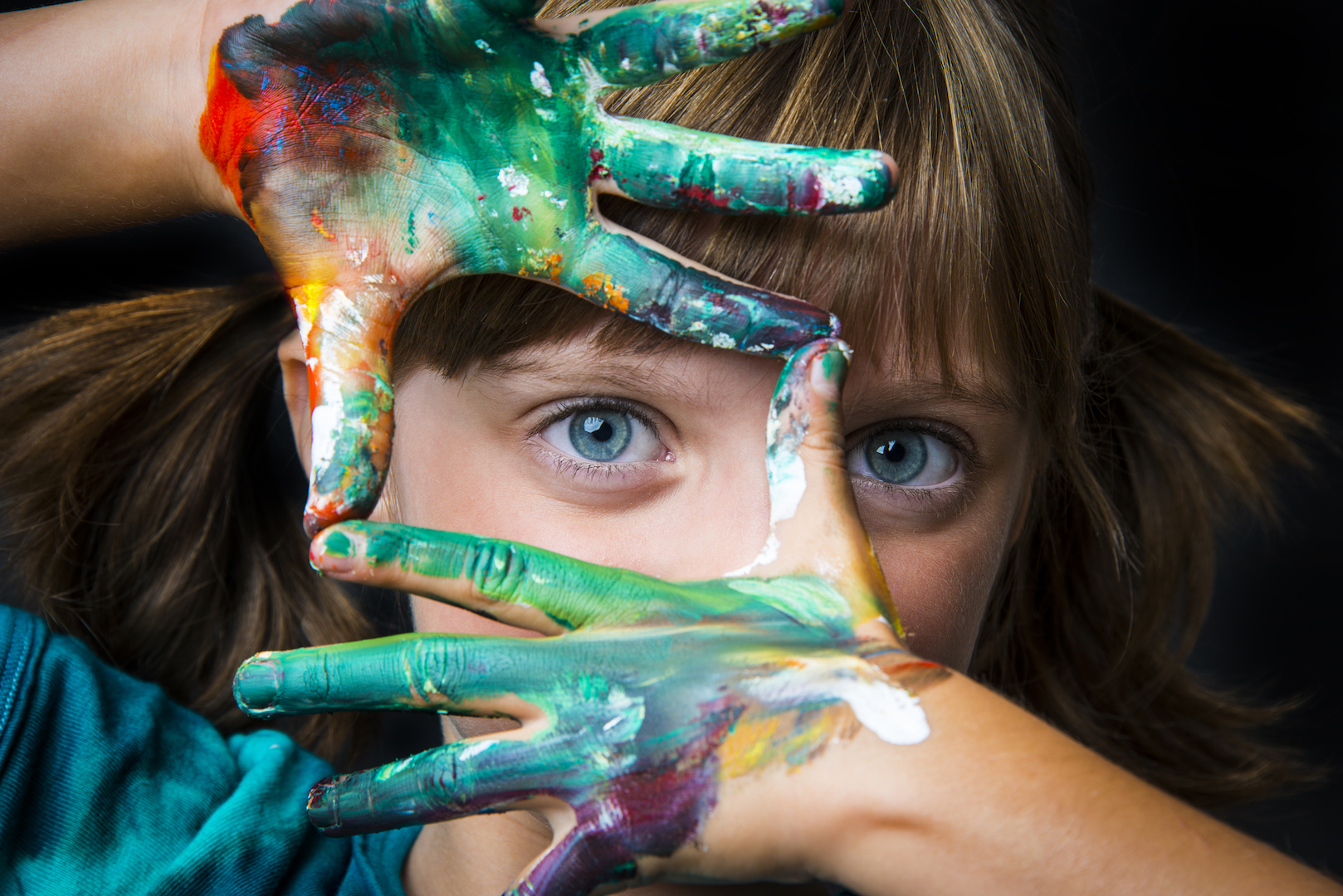
Speaking of creativity, "creativity genes" may have allowed humans to take over the world. Creativity could be one of the major reasons Homo sapiens dominated over related species such as Neanderthals and chimpanzees, according to a study published April 21 in the journal Molecular Psychiatry. To figure this out, a group of researchers analyzed DNA taken from Neanderthal, modern human and chimpanzee fossils. They found that the genes related to the emotional reactivity network in the brain, involving the ability to form social attachments, were identical among the three species. But the chimpanzees completely lacked the genes found in humans that are associated with self-awareness (scientists consider creativity a byproduct of self-awareness) and self-control. Neanderthals, meanwhile, lacked some, but not all, of these genes. What’s more, some genes that regulate brain networks involved in self-awareness and creativity in modern humans, were absent in chimpanzees and Neanderthals. The research supports the very human notion that creativity may have given Homo sapiens an edge.
Read more: These 'creativity genes' allowed humans to take over the world
The finger snap is the fastest acceleration in the human body.
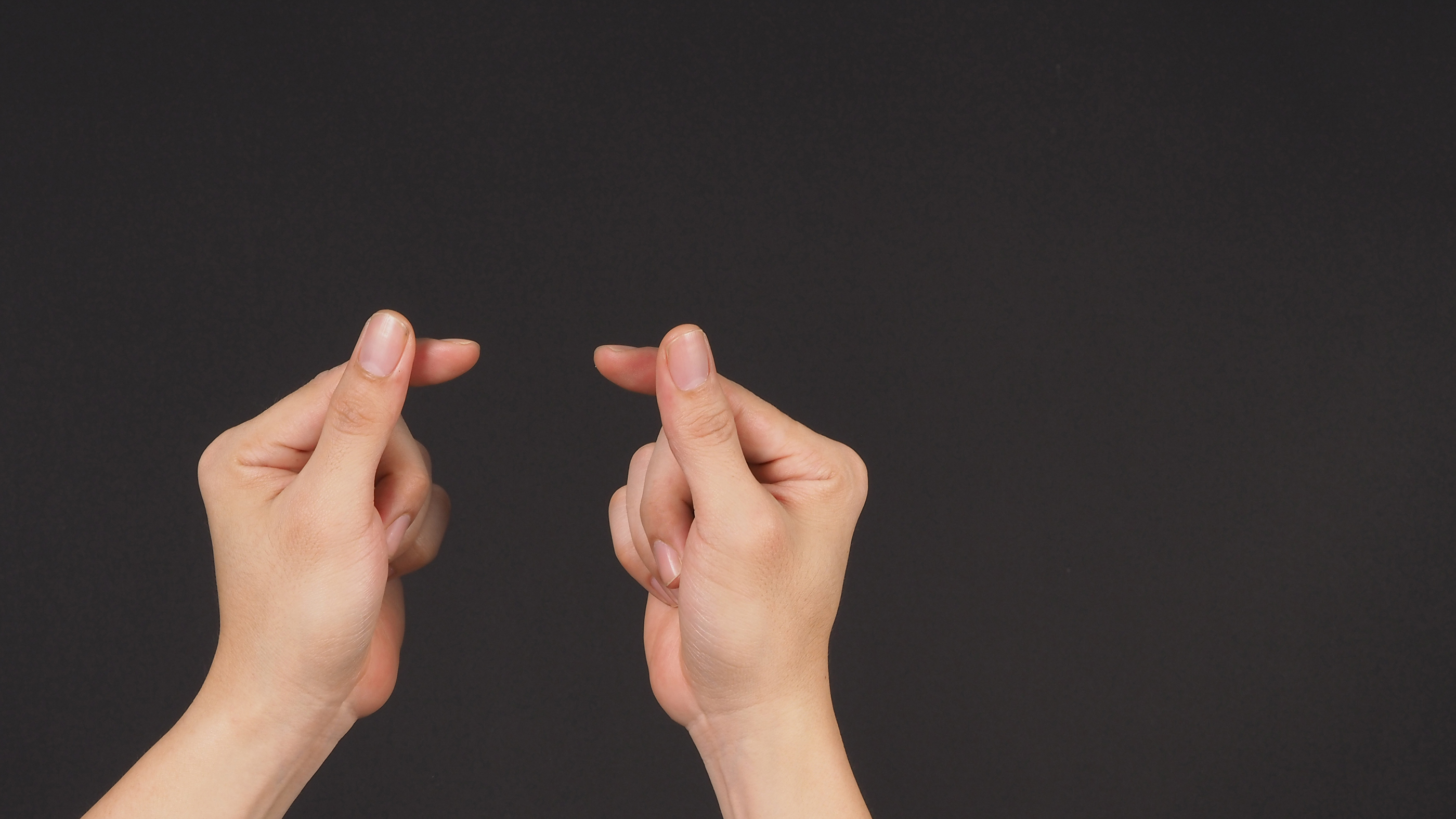
A finger snap is the fastest acceleration in the body — about 20 times quicker than the blink of an eye, according to a study published Nov. 17 in the Journal of the Royal Society Interface. Using high-speed cameras and force sensors, researchers found that a finger snap produces a maximal rotational acceleration of 1.6 million degrees per second squared and a maximal rotational velocity of 7,800 degrees per second. The inspiration for this research came from an argument one of the researchers had with his students after watching the 2018 Marvel movie "Avengers: Infinity War." The question was, could Thanos have wiped out half of life in the universe with the snap of his fingers? The researchers concluded that he could not, because the metal Infinity Gauntlet he wore on his hand would have prevented him from snapping.
Read more: Scientists find the fastest acceleration in the human body
Coronaviruses shaped human evolution.

Dangerous viruses have been around for a very long time. An ancient coronavirus, for example, may have infected the ancestors of people living in modern-day East Asia starting 25,000 years ago, according to a study published in the journal Current Biology in August. "There have always been viruses infecting human populations," senior study author David Enard, an assistant professor of ecology and evolution at the University of Arizona, told Live Science. "Viruses are really one of the main drivers of natural selection in human genomes."
Genes that increase a person's chances of surviving pathogens are more likely to be passed onto future generations; indeed, the researchers found that in people of East Asian descent, certain variants of genes appeared more frequently than would be expected by chance. It's likely that those variants helped the ancestors of this population become more resistant to the virus.
Read more: An ancient coronavirus swept across East Asia 25,000 years ago
Sherlock Holmes' memory trick works!

Sherlock Holmes' famous memory trick actually works, according to a study published in March in the journal Science Advances. The famous detective remembers everything by imagining he's storing information in a "memory palace," a mnemonic technique that has its origins in ancient Greece. The technique, known as the "method of loci," involves mentally moving about a familiar place and dropping bits of information along your way; later, you mentally retrace your steps and "pick" that information up again. To evaluate the method of loci, a group of researchers enrolled both "memory athletes" or champions who were ranked among the world's top 50 in memory competitions and everyday people. As expected, the participants who trained with the method of loci showed better, longer-lasting memory than those who trained with another memory technique or no technique at all. The participants specifically showed an increase in durable memories, but they didn't have a significant change in short-term memories.
Read more: Sherlock Holmes' famous memory trick really works
Originally published on Live Science.

Yasemin is a staff writer at Live Science, covering health, neuroscience and biology. Her work has appeared in Scientific American, Science and the San Jose Mercury News. She has a bachelor's degree in biomedical engineering from the University of Connecticut and a graduate certificate in science communication from the University of California, Santa Cruz.










